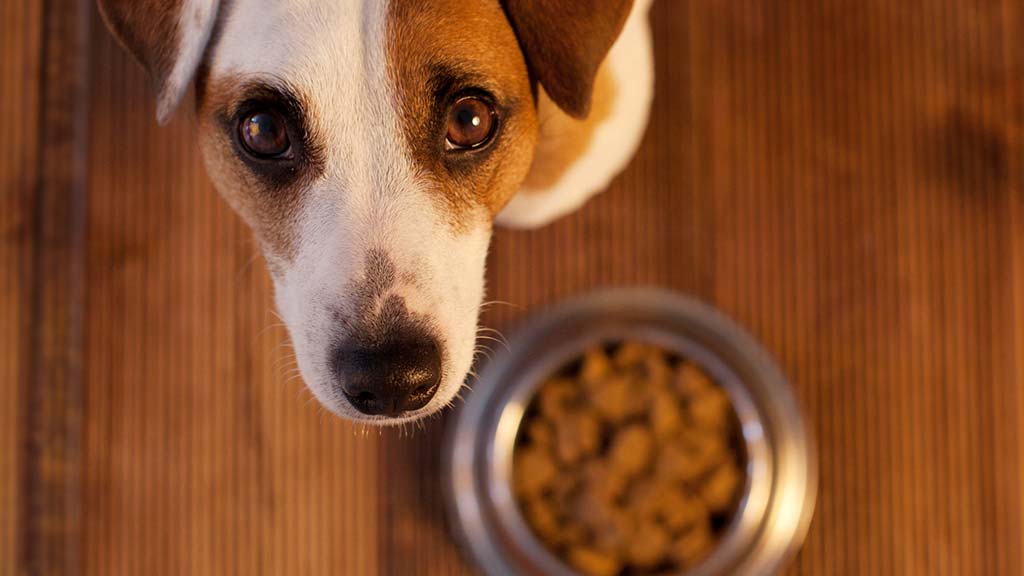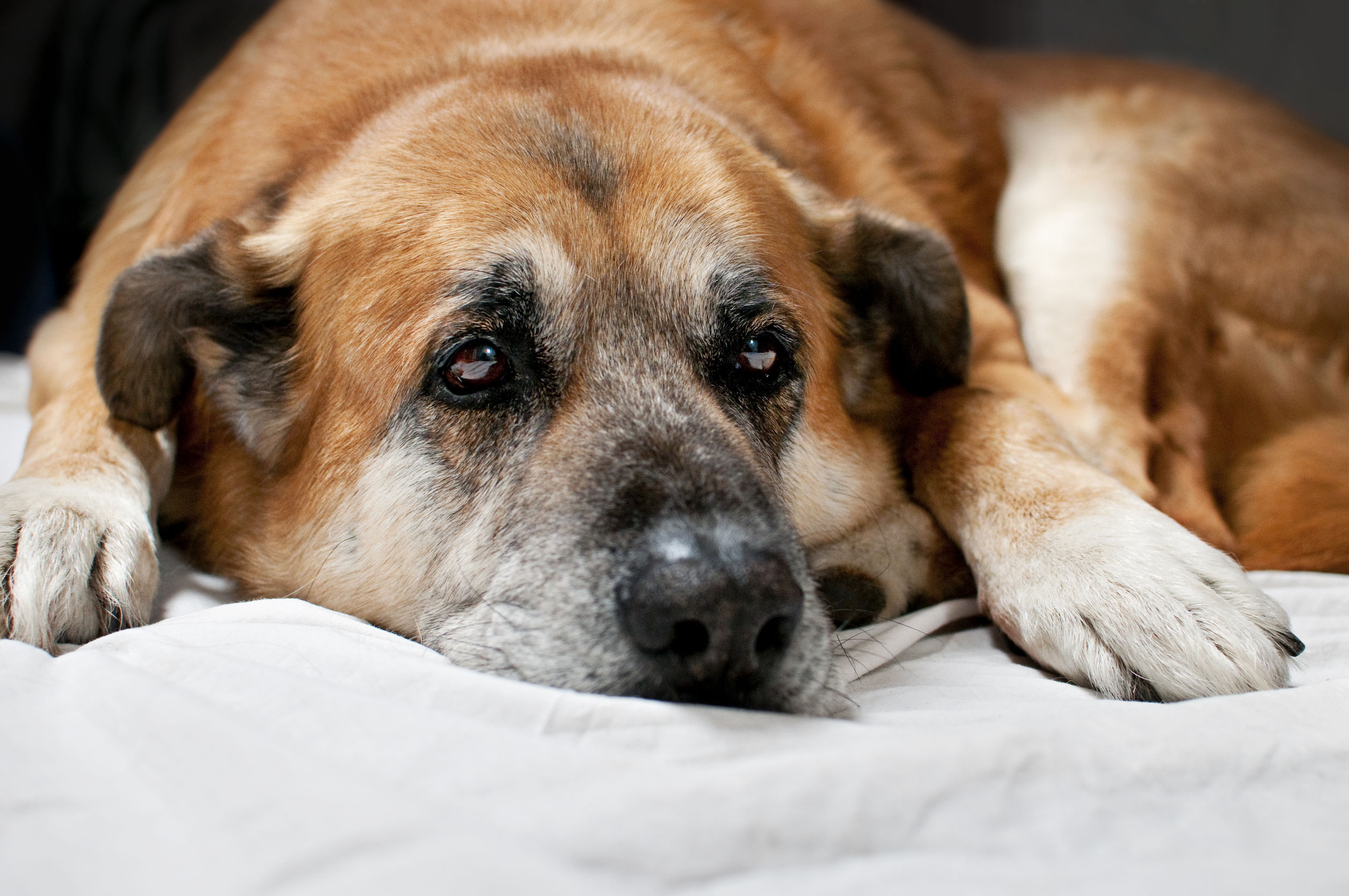
Is your dog not eating? After determining the underlying cause, try these tricks to encourage eating.
Determine Why Your Pet Is Not Eating
It is not normal for dogs to refuse food. Even one day of not eating should command your attention. If your pet has gone more than 1 day without eating, call our hospital for a same day appointment. If your pet is young and under 10 pounds, the problem is especially urgent since young dogs can become hypoglycemic especially if the inappetence is in conjunction with other symptoms like vomiting or diarrhea.
Reasons Why Dogs Don’t Eat
If your pet has not eaten in 24 hours, you should let one of our doctors examine him or her and determine the reason why. Reasons for not eating can include:
- Pickiness
- The pet is already full (someone has been giving him treats on the side or he has found another source of food).
- Anxiety/stress
- New surroundings
- Nausea
- Intestinal parasites
- Pancreatitis
- Infection
- Fever
- Congestive heart failure or lung disease
- Inflammatory bowel disease
- Extreme lethargy
- Underlying metabolic issue like liver or kidney disease
- Cancer
- Vaccinated within the last 24 hours
- Severe dental disease or another other source of mouth pain
What To Do If My Dog Is Not Eating
- Weigh your dog throughout the period of low-to-no appetite to monitor any changes. This information will be valuable to our veterinarians.
- Encourage your pet to drink water.
- Try tempting your pet with the following safe alternatives to his normal diet.
How To Tempt Your Dog To Eat
Don’t try to encourage your pet to eat unless consulting with one of our veterinarians since some foods can exacerbate the underlying reasons why your pet refuses food. For example, unregulated diabetic pets often become nauseated due to a build up of sugar in their blood stream. In this case, feeding a food high in sugars will only make the situation worse; however, once you know why your pet won’t eat, you might try the following options.
- Try a wet food. In general, dogs are more likely to eat a wet food as opposed to a dry food.
- Try mixing Mighty Dog or Alpo dog food varieties into your pet’s regular food. These foods are high in fats and are usually more appealing to pets.
- Serve canned tuna fish packed in water or pour the tuna fish water on your pet’s regular food.
- Mix American cheese into your pet’s regular food
- Purchase deli style chicken or turkey or cook chicken or turkey for your pet. Serve without seasoning.
- Cook ground beef or ground chicken for your pet. Serve at room temperature and without seasoning.
- Try giving your dog a wet cat food like Fancy Feast or mixing Fancy Feast in with your pet’s normal diet.
- Purchase Hills A/D diet from our practice (Only available with a prescription).
- Add non-sodium chicken broth to pet’s regular food.
- Warm the food, but be careful that it is heated evenly so that your dog doesn’t burn his mouth.
Conclusion
Inappetence, not associated with an underlying medical issue, should resolve itself in 24 hours. If your pet is less than 10 pounds and under 1 year of age, call the office the same day that the inappetence begins. Dogs whose in appetite last longer than 24 hours should be seen by one of our veterinarians.



